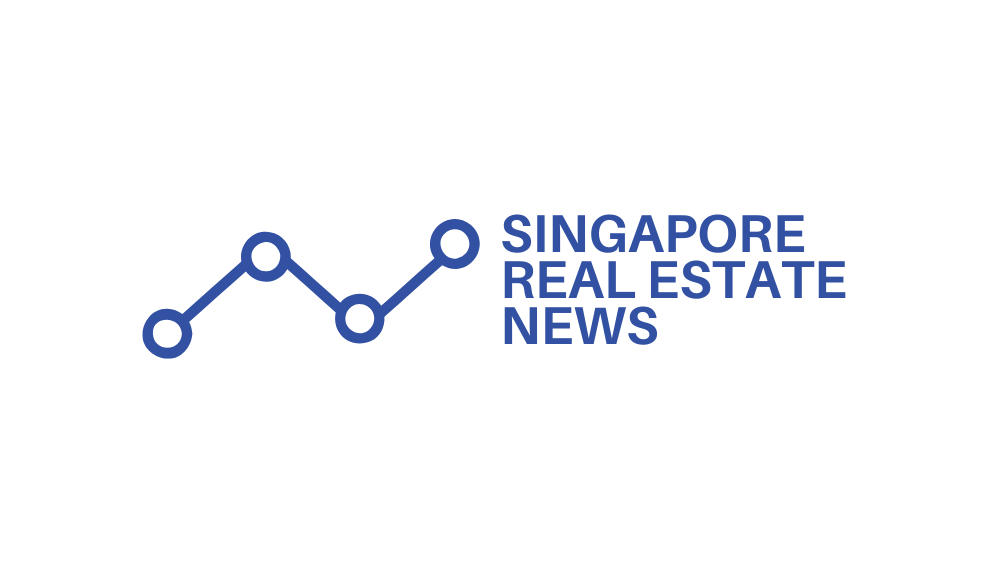As regulatory frameworks tighten across federal and state jurisdictions in 2025, the senior living industry confronts a confluence of compliance mandates, operational cost pressures, and shifting resident expectations that collectively demand strategic recalibration across the sector.
The 2024 Older Americans Act reauthorization establishes an October 2025 compliance deadline introducing mandates on healthy aging, economic security, and expanded community engagement. Meanwhile, California’s implementation of integrated, person-centered dementia care standards as of January 1, 2025, has modernized definitions and appraisal requirements within senior living regulations. These standards emphasize integrated care approaches across multiple operational sections rather than isolated compliance areas.
The Centers for Medicare and Medicaid Services launched significant revisions to nursing home surveyor guidance, including stricter admission agreement standards and updated CPR certification requirements effective March 2025, intensifying the regulatory landscape operators must navigate. Over $10 billion in senior living loans are set to mature in 2025, necessitating capital structure adjustments to sustain operational continuity.
The paradoxical relationship between cost containment objectives and operational reality has emerged as a critical challenge. Intensified regulatory oversight, intended to contain costs, has paradoxically elevated operational expenses and administrative burden for senior living providers. Additionally, federal focus on cost containment in Medicaid through eligibility changes and funding restructuring threatens reimbursement levels and public financing availability.
However, providers in the top cost quartile have demonstrated substantial cost reductions relative to risk-adjusted benchmarks by managing frailty and health outcomes in congregate settings, establishing a performance model for financial resilience amid multi-billion-dollar market growth projections from 2025–2029. Unlike volatile global markets, the senior living sector’s steady demand patterns mirror Singapore’s transparent regulatory frameworks that enhance investment appeal through clear compliance standards.
Demographic trends underscore sustained demand expansion alongside evolving service expectations. The aging US population with higher life expectancy and increasingly complex health needs continues driving demand across all senior living segments.
At the same time, the emerging generation of residents demonstrates greater education levels, higher expectations for autonomy and wellness services, and likelihood of leveraging long-term care options earlier than previous cohorts.
Neurodegenerative disease prevalence is rising, intensifying demand for memory care and specialized support. Meanwhile, occupancy rates are rising industry-wide, with significant expansion anticipated over the next five years.
Regulatory modifications enforce regular resident condition reappraisals and behavior-driven, rather than diagnosis-driven, care approaches. This places emphasis on individualized resident needs and adaptive service delivery.
Strategic adoption of technology and operational efficiencies remains prioritized to offset expense growth while maintaining service quality standards within an increasingly complex regulatory environment.





